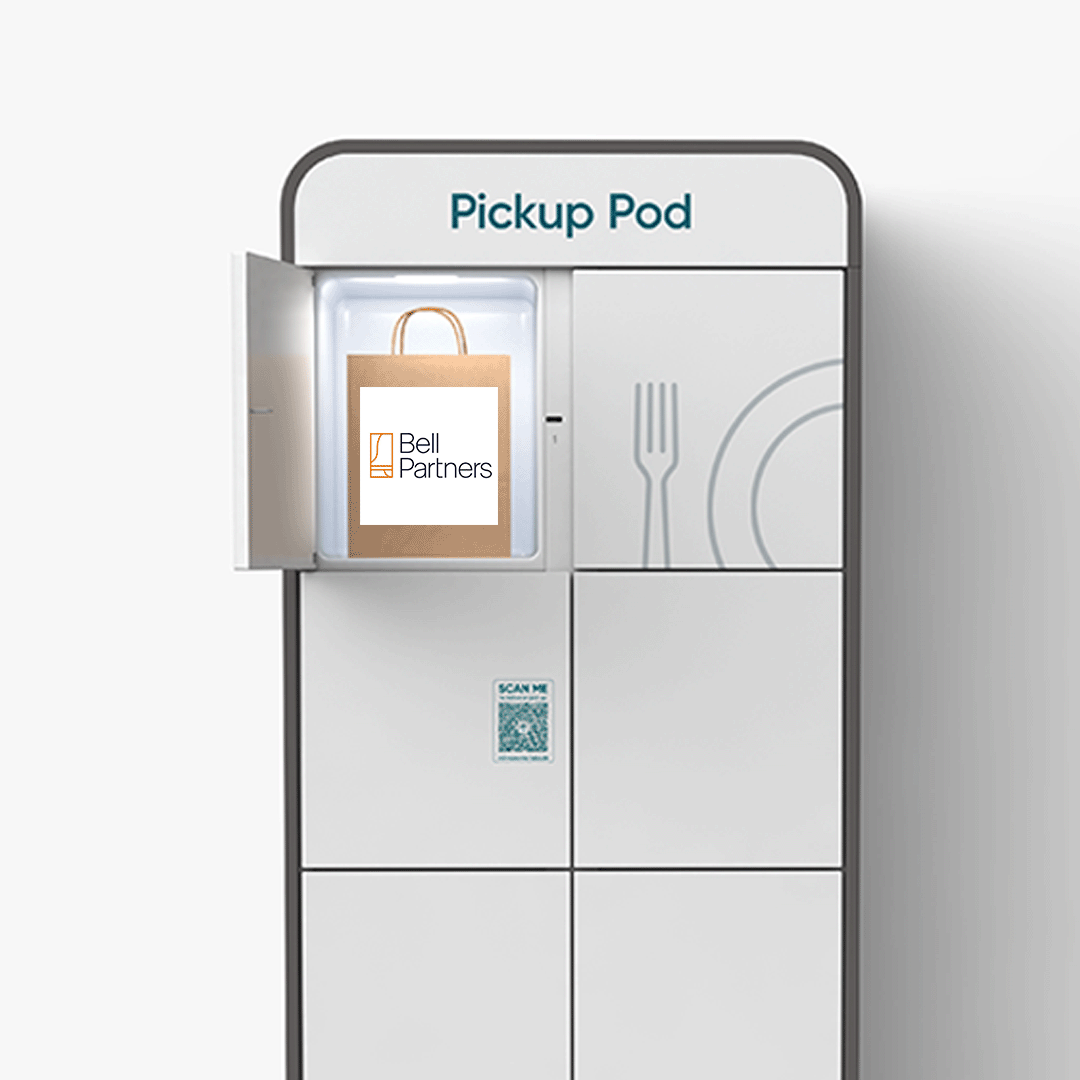- Introduction
- Step 1: Build on a Scalable Architecture
- Step 2: Optimize Database Performance
- Step 3: Enhance Security and Ensure Regulatory Compliance
- Step 4: Optimize the Order Matching Engin
- Step 5: Develop a Scalable API Ecosystem
- Step 6: Elevate Customer Support and User Experience (UX)
- Step 7: Monitor, Analyze, and Adapt Continuously
- Final Thoughts
Introduction
As the cryptocurrency market grows, so does the demand for robust, secure, and scalable trading platforms. Whether you’re launching a new exchange or expanding an existing one, effective scaling is critical for managing increasing user activity, transaction volumes, and maintaining a high level of performance.
In this guide, we’ll walk you through the How to Scale cryptocurrency exchange—focusing on proven strategies and best practices to help your platform thrive in a dynamic environment.
Step 1: Build on a Scalable Architecture
Scaling starts with a strong architectural foundation. Your exchange must be engineered for flexibility, reliability, and long-term growth.
- Microservices Architecture: Divide your system into modular, independent services that can be deployed, updated, and scaled individually.
- Cloud Infrastructure: Leverage cloud providers like AWS, Google Cloud, or Microsoft Azure for elastic and on-demand scalability.
- Load Balancing: Distribute incoming traffic across multiple servers to maintain uptime and deliver consistent user experiences.
Pro Tip: Architect your system to support API rate limits, handle sudden traffic surges, and enable seamless horizontal scaling.
Step 2: Optimize Database Performance
As your platform grows, a well-tuned database becomes essential to maintain speed and stability.
- Indexing: Speed up query performance with appropriate indexing.
- Caching: Use Redis or Memcached to reduce database load and latency.
- Data Hygiene: Regularly clean out obsolete or redundant data to keep things running smoothly.
- Read/Write Separation: Split database operations to reduce contention and increase throughput.
A high-performance database ensures real-time updates and fast trade execution, both crucial for user satisfaction.
Step 3: Enhance Security and Ensure Regulatory Compliance
Scaling introduces new attack surfaces and regulatory responsibilities. Security must scale with your platform.
- Multi-layered Security: Implement 2FA, anti-phishing mechanisms, and DDoS protection.
- Cold Wallet Storage: Store the majority of digital assets offline for maximum protection.
- Third-party Security Audits: Conduct regular audits to proactively identify vulnerabilities.
- Regulatory Compliance: Integrate KYC and AML processes tailored to regional legal requirements.
Security is not optional—it’s foundational to a trustworthy and scalable exchange.
Step 4: Optimize the Order Matching Engin
Your order matching engine is the heartbeat of your exchange. It must be fast, reliable, and capable of handling spikes in trading activity.
- Low-Latency Execution: Ensure trades are executed instantly.
- Real-Time Data Feeds: Provide up-to-the-second market data and chart updates.
- HFT Support: Equip your engine to handle high-frequency trading scenarios with precision.
- Technology Stack: Languages like Go, Rust, or C++ are commonly used to build high-speed engines.
A well-optimized engine directly impacts your users’ trading experience and platform credibility.
Step 5: Develop a Scalable API Ecosystem
APIs are the bridge between your exchange and external systems—trading bots, mobile apps, and integrations rely on them.
- Rate Limiting: Prevent API abuse while maintaining performance.
- API Versioning: Enable backward compatibility and smooth upgrades.
- Traffic Monitoring: Continuously analyze API performance and bottlenecks.
Robust APIs aren’t just technical features—they’re vital for ecosystem growth and third-party adoption.
Step 6: Elevate Customer Support and User Experience (UX)
User experience is a differentiator in a crowded marketplace. As your platform scales, so must your support and interface quality.
- Live Chat & Chatbots: Provide instant, automated responses while reducing support load.
- Multilingual Support: Serve a global audience with localized communication.
- Intuitive Design: Offer responsive dashboards, real-time notifications, and mobile-friendly interfaces.
A seamless UX builds trust, improves retention, and increases user engagement.
Step 7: Monitor, Analyze, and Adapt Continuously
Scaling is not a one-off project—it’s a continuous process driven by insights and automation.
- Monitoring Tools: Use platforms like Grafana, Prometheus, and Datadog to gain visibility into system health.
- Track Key Metrics: Keep an eye on user activity, transaction volume, server load, and API usage.
- Auto-Scaling: Implement rules to automatically adjust infrastructure based on traffic spikes.
Proactive monitoring allows you to stay ahead of potential issues and deliver uninterrupted service.
Final Thoughts
Scaling a cryptocurrency exchange is more than just increasing server capacity—it’s about creating a resilient, secure, and user-centric ecosystem. From backend infrastructure to frontend design, each layer must be built to adapt and grow.
Whether you’re starting from scratch or enhancing your current platform, partnering with a professional cryptocurrency exchange development company ensures you have the expertise, tools, and vision to scale successfully.
Ready to scale your Crypto exchange? Work with experts who understand the unique demands of crypto trading platforms—from performance to security to user experience.
Also Read : How to Choose the Best Cryptocurrency Exchange Development Company for Your Business























